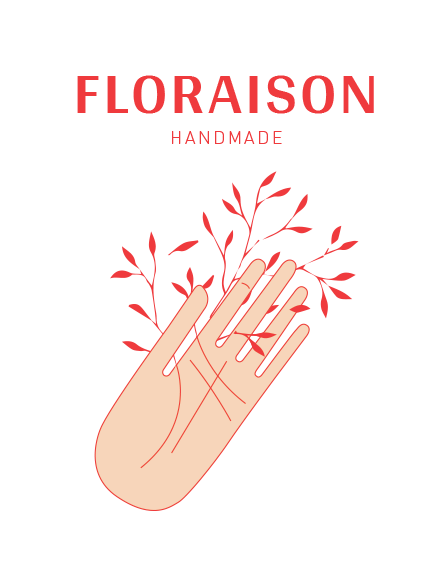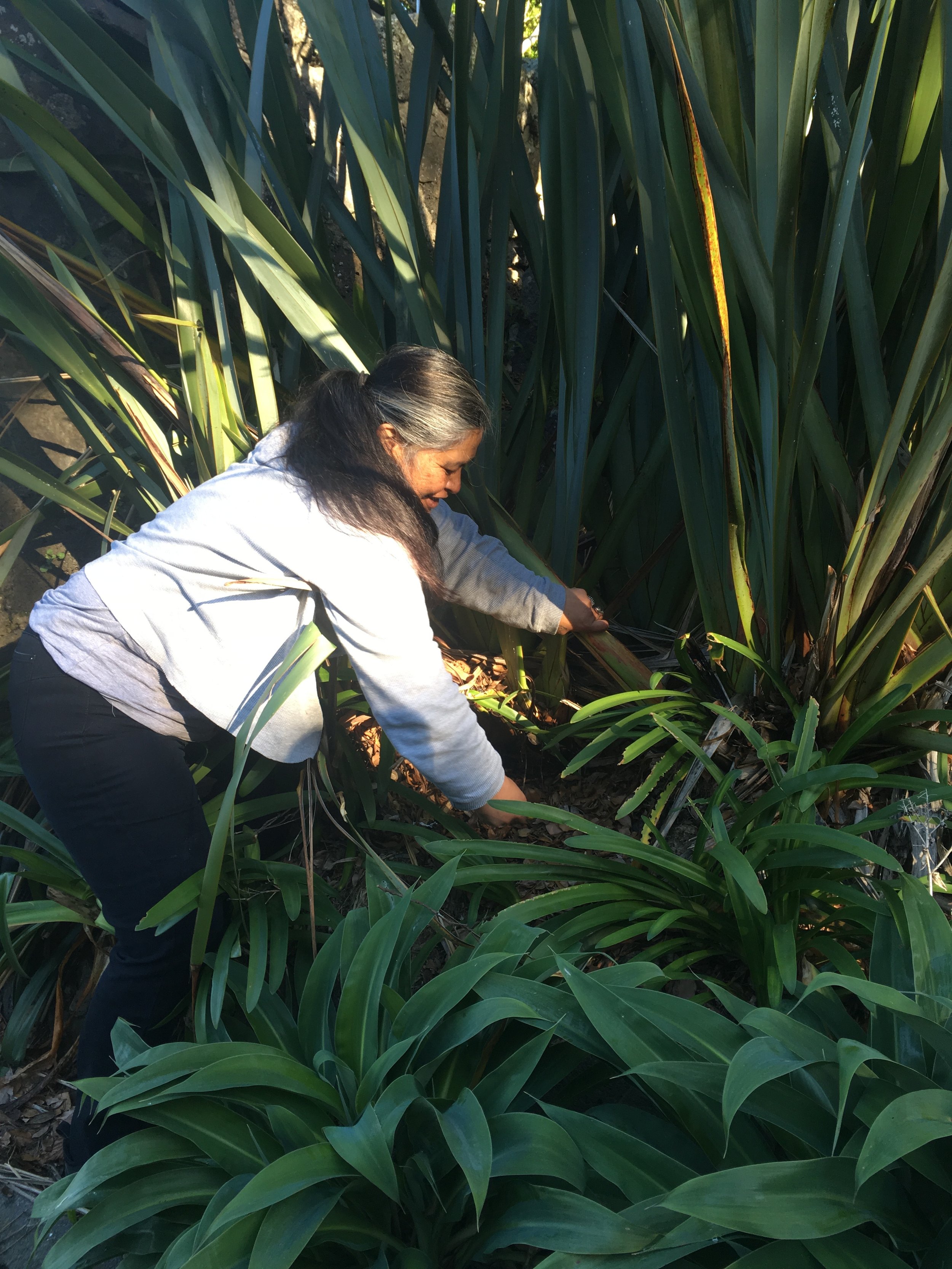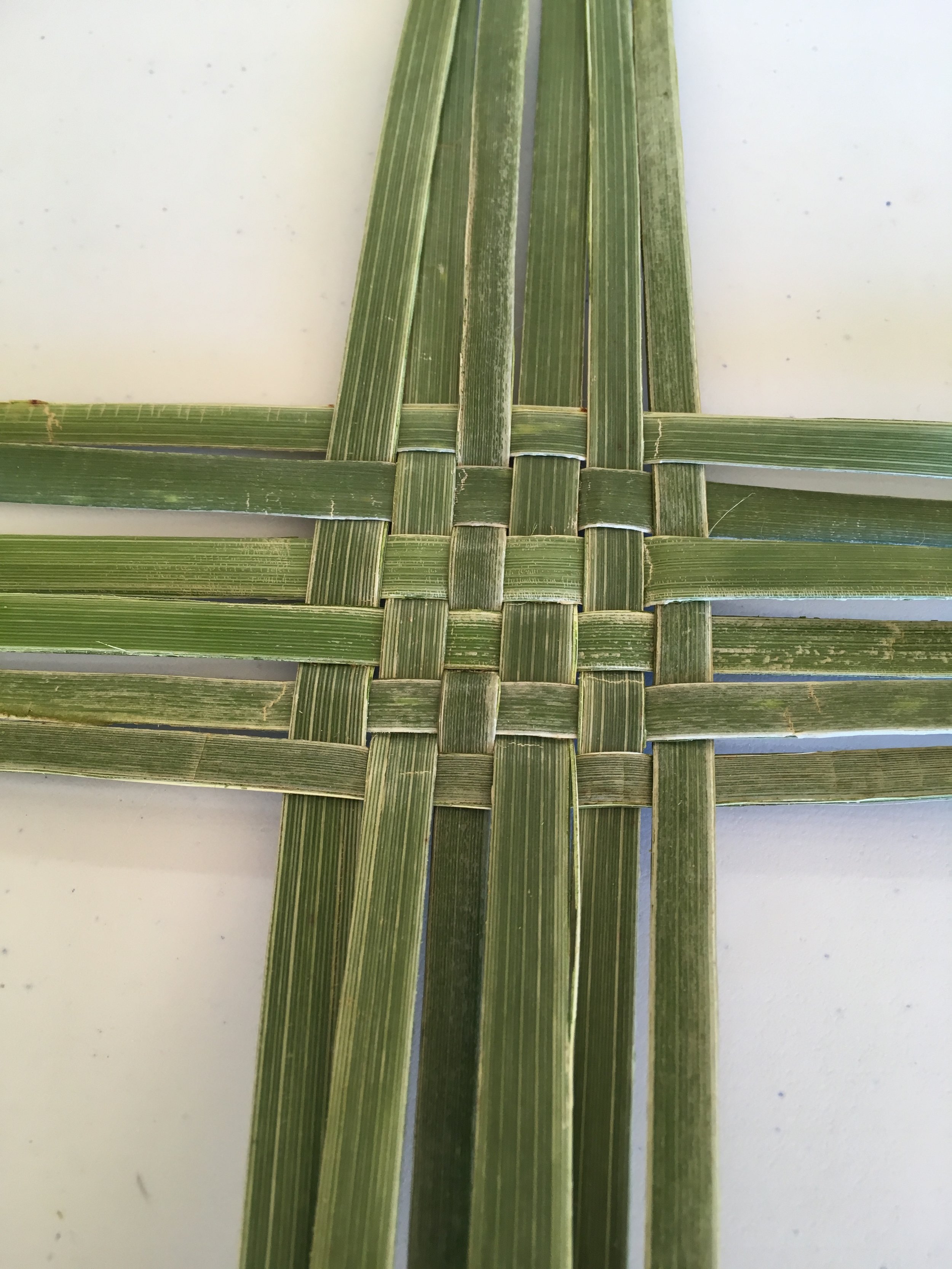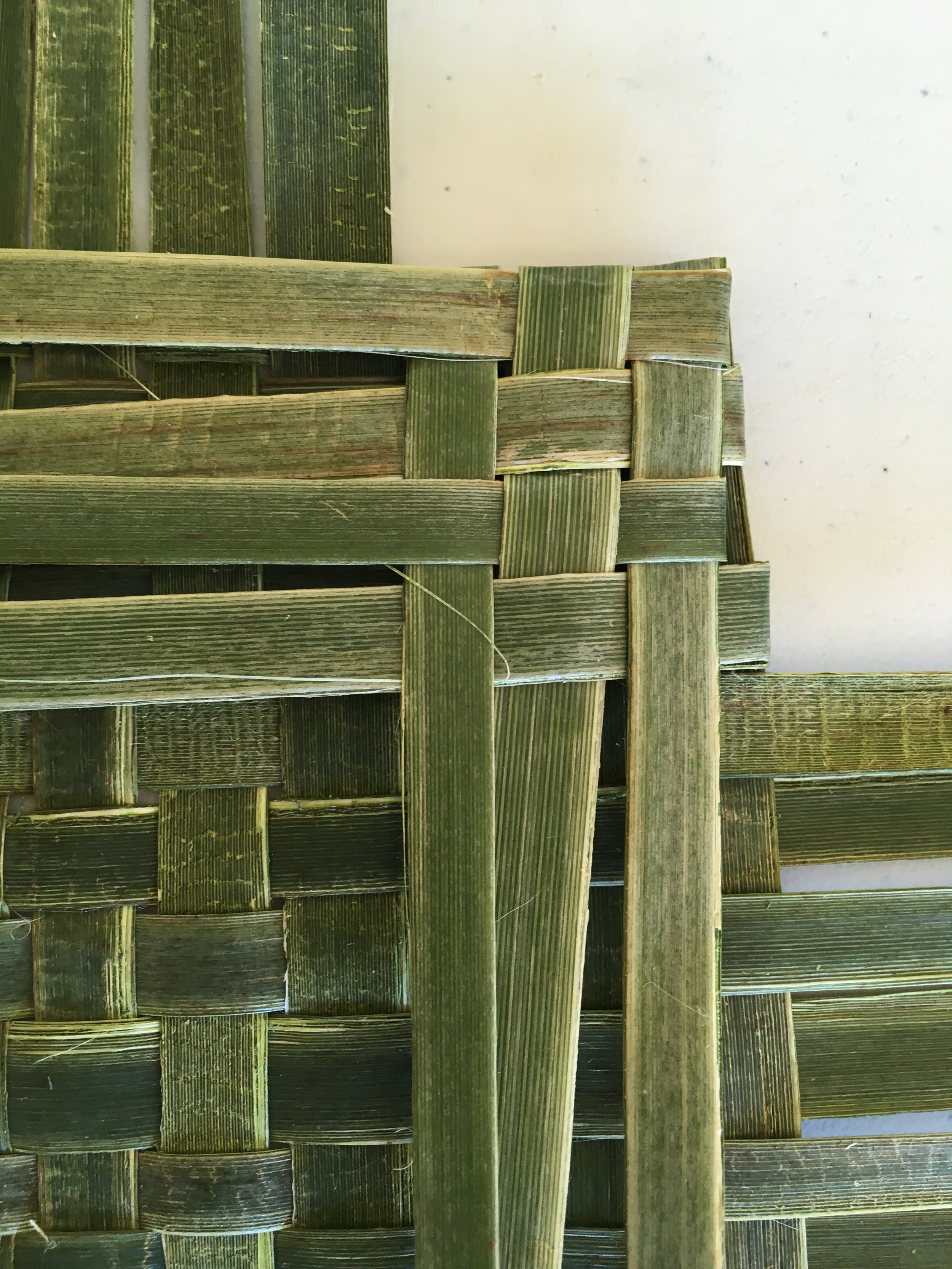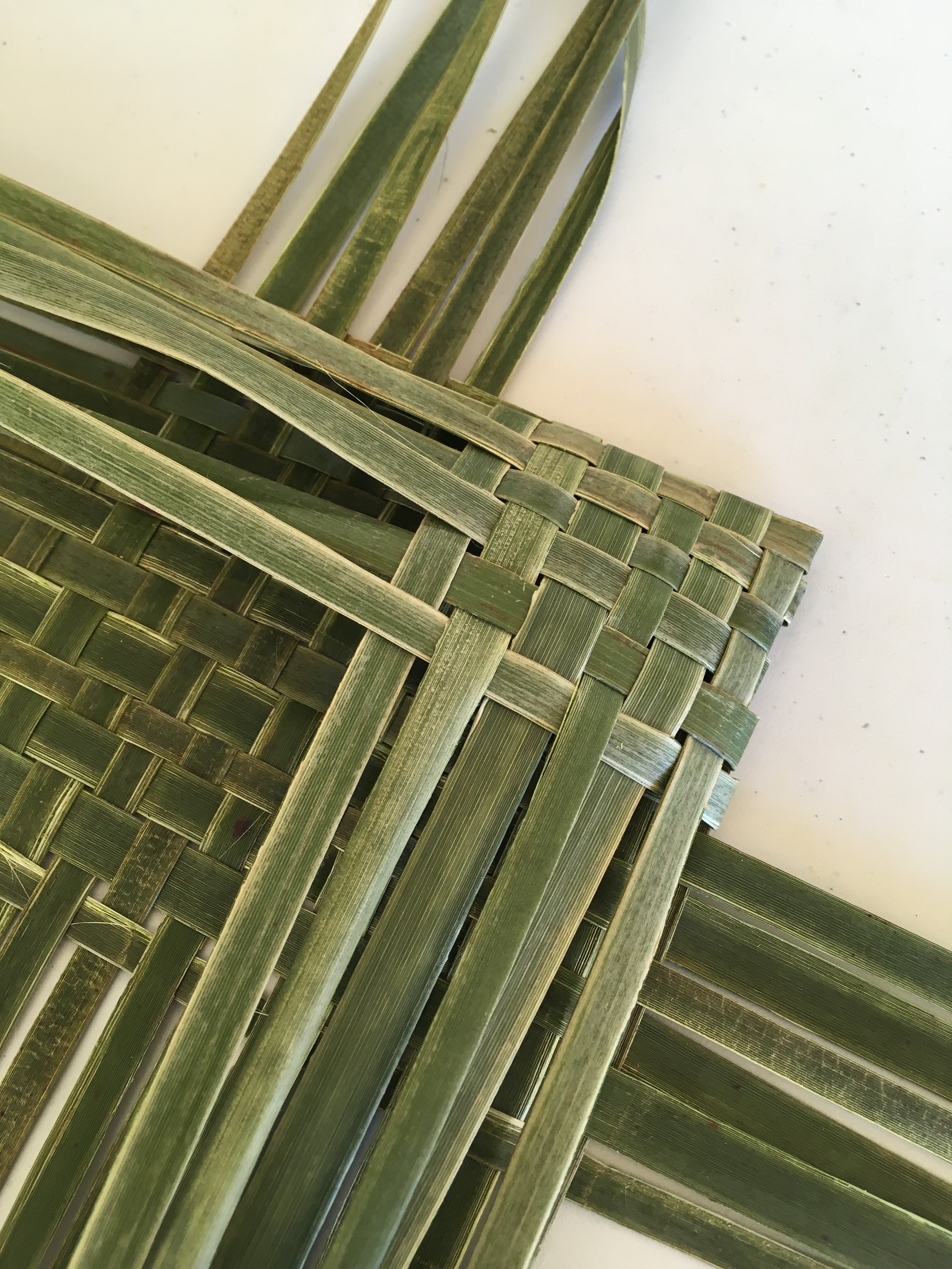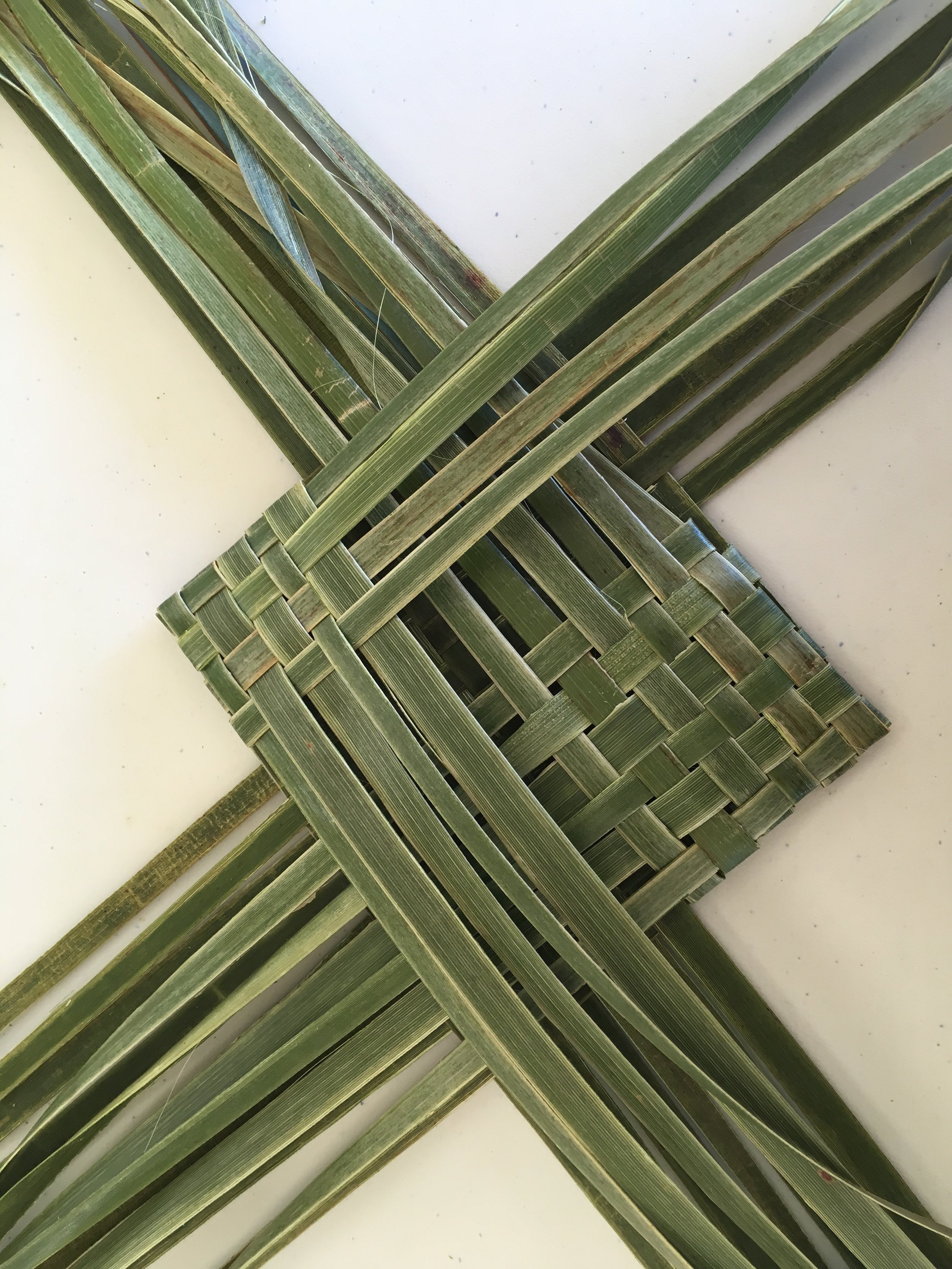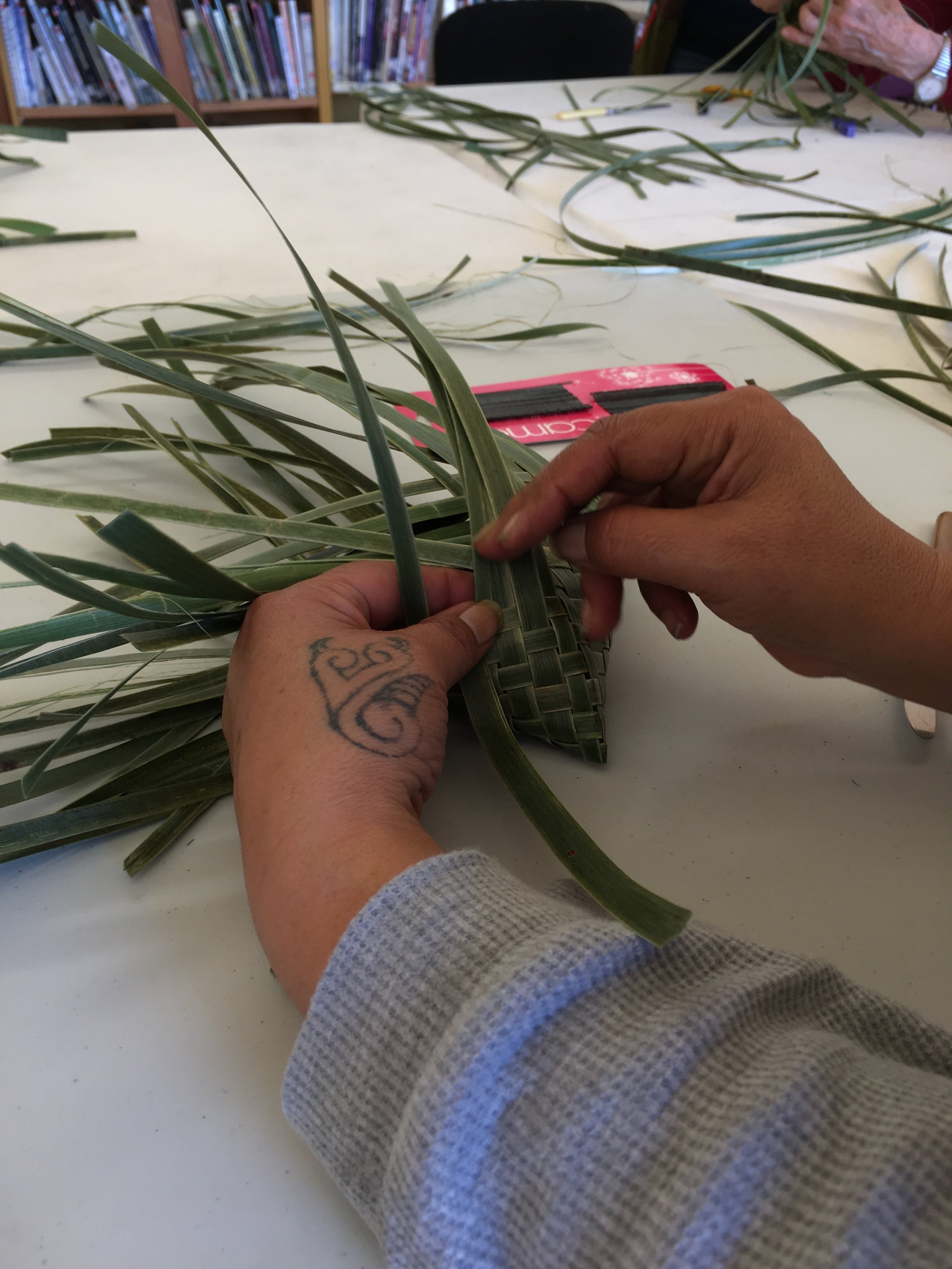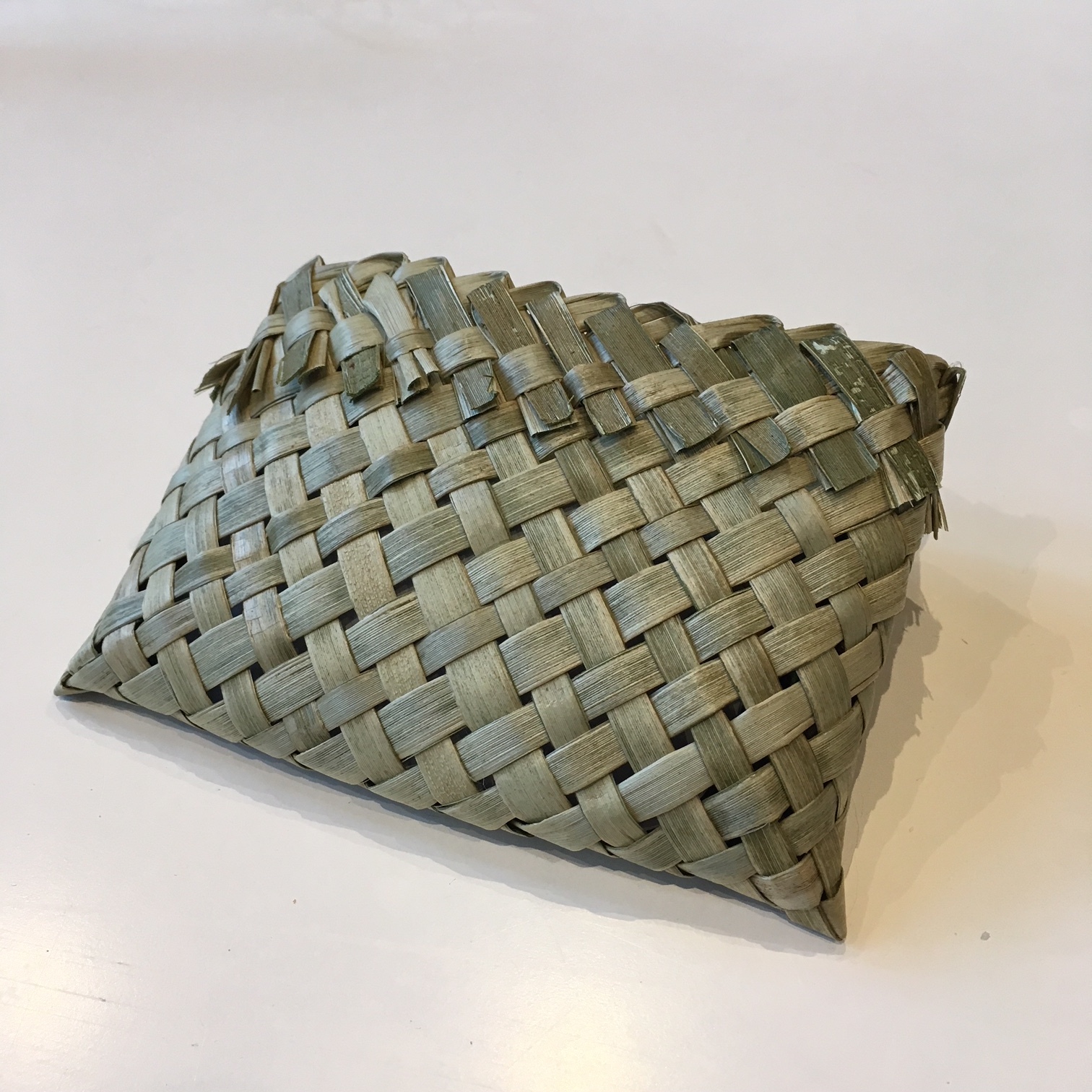Raranga, Maori's weaving technique
ENGLISH VERSION BELOW
Pendant mon cours de tissage avec l’association Handweavers Guild en juin dernier à Auckland, j’ai fabriqué un tout petit panier tressé avec des feuilles de Harakeke (New Zealand flax). J’ai adoré découvrir ce process de fabrication et j’aime l’idée de créer un objet simplement à partir d’une plante. Je trouve que cela rend l’objet beau de part sa simplicité.
-
During my weaving class with the Handweavers Guild association last June in Auckland, I made a very small woven basket with Harakeke leaves (New Zealand flax). I loved discovering this craft process and I like the idea of creating an object simply from a plant. I think it makes the object beautiful because of its simplicity.
“Of all the Maori weaving techniques, raranga is the one that has best survived colonisation. It also has the strongest links with Pacific Island weaving.”
Le procédé de tissage
Dans le raranga, le tisserand tresse un nombre pair de bandes de tissage de manière à se croiser en diagonale. En utilisant des bandes teintes et non teintes, il peut créer des motifs complexes et colorés.
-
